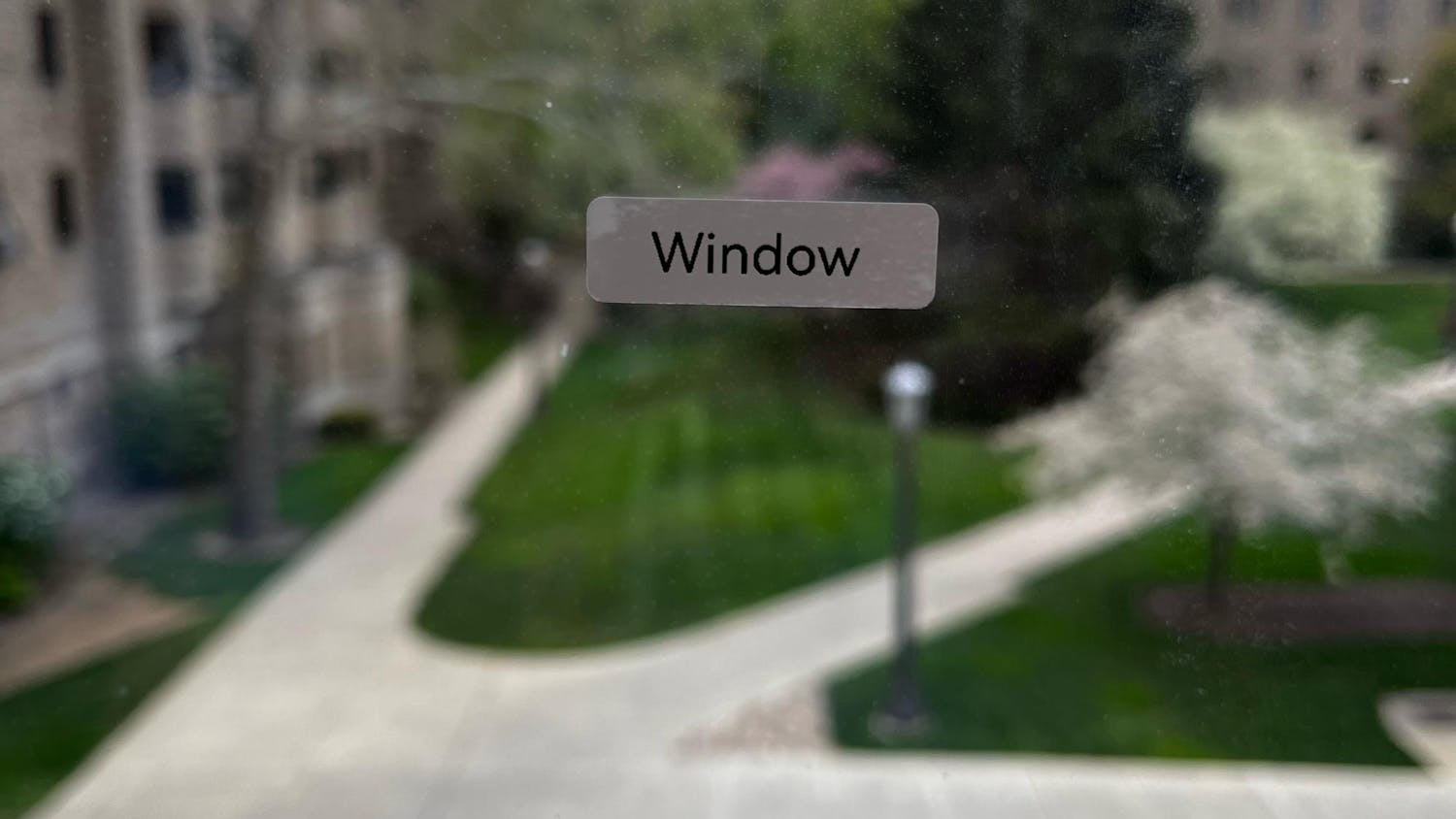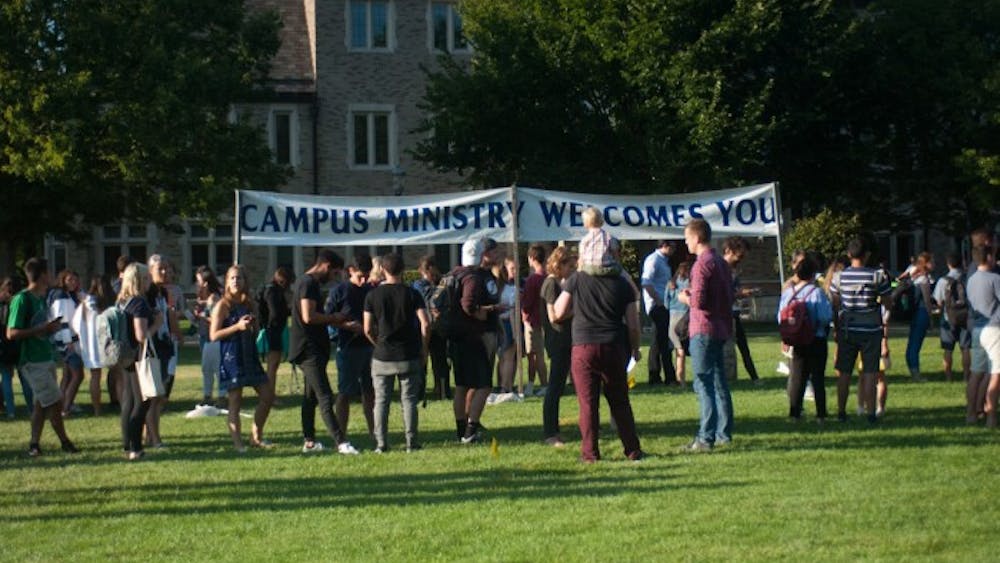On Jan. 22, NBC’s Nightly News with Brian Williams included stories on “deflategate,” a measles outbreak at Disneyland, the death of Saudi Arabian king Abdullah bin Abdulaziz, a meeting between Jeb Bush and Mitt Romney and a decrease in the popularity of bacon and kale, among others. A feature story on a documentary about dogs riding in motorcycle sidecars concluded the broadcast. Not afforded coverage was a demonstration in the nation’s capital of hundreds of thousands protesting the Supreme Court’s 1973 ruling on Roe vs. Wade.
Indeed, of the three major networks — NBC, ABC and CBS — only CBS included a mention of the March for Life in its evening news, allotting perhaps 30 seconds to the actual demonstration and several more minutes to the passage of abortion-related legislation in the House. The March received some attention from local newscasters as well as local and national newspapers, but many of the stories on the March were misleading, even inaccurate. A USA Today headline reported “‘Roe v. Wade’ turns 42; thousands march in opposition,” and an Associated Press story read “Demonstrators Crowd National Mall.” Although no official estimates of crowd size were published, these reports failed to capture the massive crowds that took several hours to complete the walk from the National Mall to the Supreme Court. Other reports contained factual errors — NBC4 Washington claimed that the March ended at the Capitol building. This year, as well as the previous two years, I have attended the March, and it concluded in front of the Supreme Court.
The lack of coverage and sloppy reporting that characterized the media’s treatment of the March for Life this year is troubling, if only because it suggests the media cannot or will not relate certain potentially important information. Consequently, the public does not have access to that information, and cannot take it into account when forming opinions, making decisions and choosing how to vote. Whatever accusations might be leveled against the media, there is a general societal expectation that the press must and will provide impartial and complete coverage of events. In a democratic system that depends upon the judgments of voters, it is the responsibility of the press to provide necessary information to form those judgments whenever and wherever possible. Freedom of the press is not only a lack of governmental interference in the press, but also the uninhibited access of the common people to ‘newsworthy stories.’ And while news agencies cannot be expected to cover every story they come across, a controversial demonstration consisting of hundreds of thousands that has taken place every year for over four decades seems to be a story meriting our attention. It certainly seems to be a story that merits more attention than dogs riding in motorcycle sidecars.













